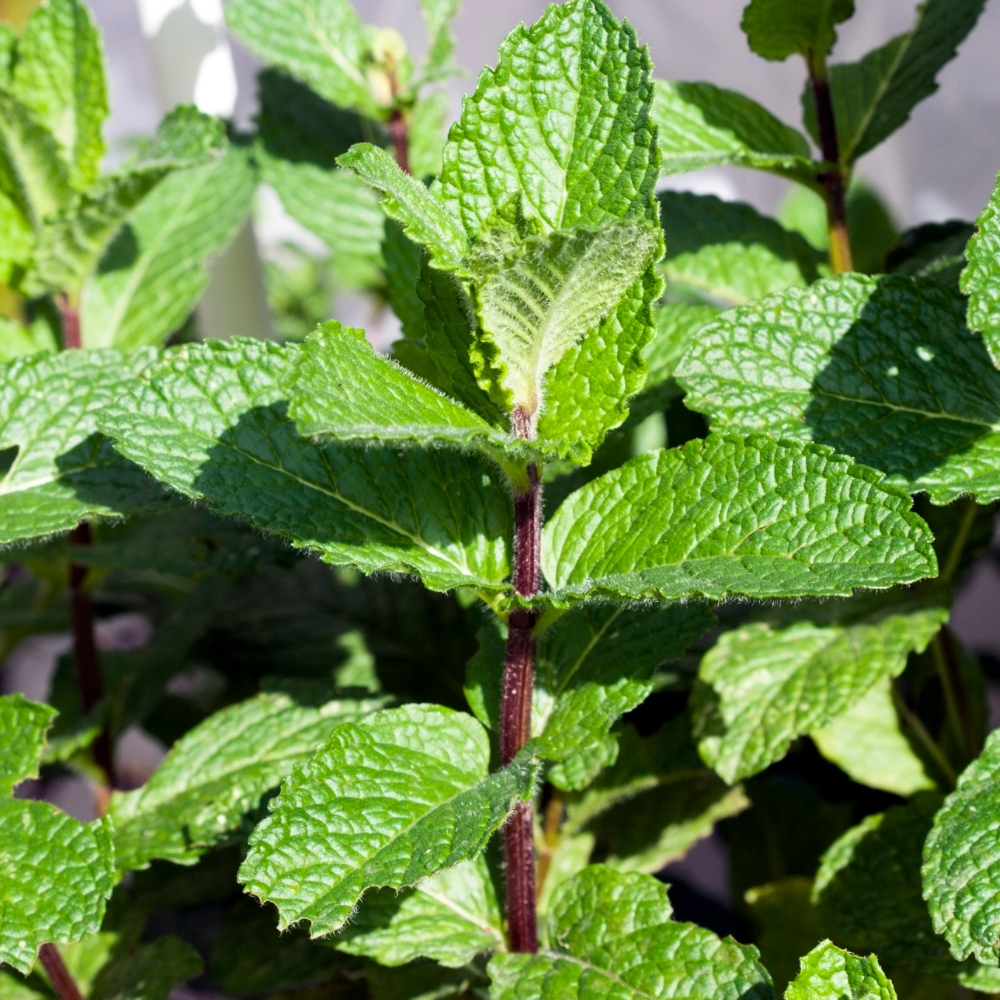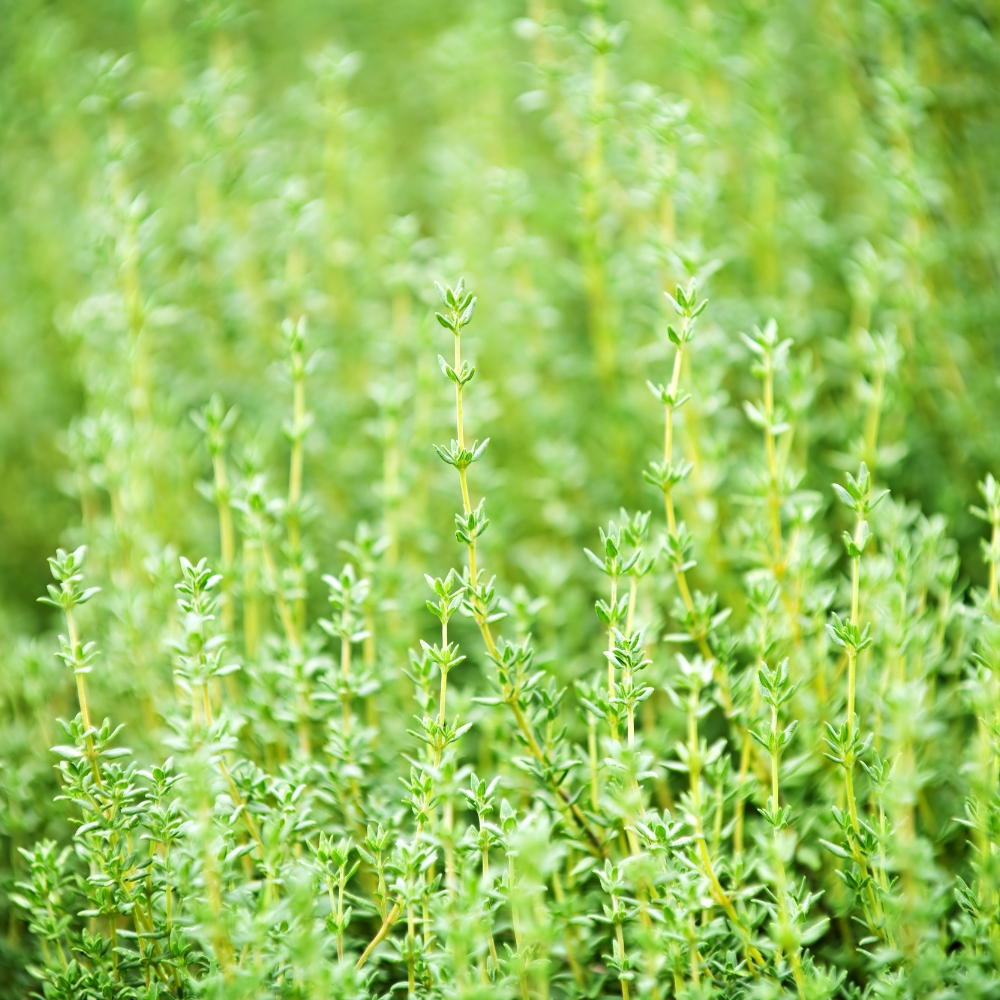Welcome to the colorful and fragrant world of Tall Garden Phlox! These beloved perennials, with their eye-catching blooms and lush foliage, have been a staple in gardens worldwide for generations. Known for their long summer flowering period and variety of vibrant colors, Tall Garden Phlox can transform any sunny garden space into a pollinators’ paradise. This guide will walk you through every aspect of growing and caring for your Tall Garden Phlox, ensuring your plants remain healthy and standing tall throughout the growing season.

Defining Tall Garden Phlox:
- Scientific Name: Phlox paniculata
- Common Name: Tall Garden Phlox
- Bloom Time: Summer to early fall
- Height: Typically 2-4 feet, with some varieties reaching 4-5 feet
- Flower Colors: Hot coral-pink, lavender-pink, white, purple, ultraviolet, and many more
Key Features:
Tall Garden Phlox blooms long, anywhere from 6 weeks to 2 months. Its fragrant blossoms attract beneficial pollinators, including bees, butterflies, and hummingbirds. Having Phlox in your yard will be a blessing for your vegetable garden or fruit trees if you have them. Low maintenance, once established, these gorgeous blossoms are excellent for cut flower arrangements, for adding height and a lush backdrop to the rear of your flower gardens, and can even be used as a border, similar to as you would use shrubs. Most Tall Garden Phlox varieties are considered a hardy perennial in growing zones 4-9.
There are a plethora of varieties to choose from, in a humongous array of colors, but the following are some of our favorites:
- Garden Girls™ Glamor Girl Garden Phlox Plant – Hot coral-pink blossoms are displayed upon tall, striking purple stems. Glamor Girl is powdery mildew-resistant and withstands hot and humid summers with ease. She grows 28-32 inches tall.
- David Garden Phlox Plants – Grow 3-4 feet tall and are considered by many gardeners to be the go-to white blooming variety. David yields larger-than-average white blossoms on beautiful spring-green foliage and is highly resistant to powdery mildew.
- Luminary® Ultraviolet Tall Garden Phlox – Are a partial shade-tolerant variety that can thrive with 4+ hours of sunlight each day. Its royal magenta blossoms fade to violet-blue and is quite the show with the varying colors all on one plant. This Garden Phlox grows 32-36 inches tall and will be 28-32 inches wide. En-masse they are simply stunning!
- Opening Act Pink-a-Dot Phlox – Is a shorter variety, only growing from 22-26 inches tall. What this Phlox plant lacks in height, it more than makes up for in beauty. Though its name may have you thinking “pink”, these blossoms are anything but just Its five-petaled white blossoms first appear as pale lavender buds, opening to reveal a starburst aurora of lavender-pink, around a tiny orange center. Wow!
Basic Tall Garden Phlox Care:
- Sunlight: Most tall garden phlox varieties thrive in full sun to partial shade, needing at least 6 hours of direct sunlight daily for optimal blooming.
- Watering: These plants have average water needs, requiring about 1 inch of water per week, once established. Consistent moisture is key but avoid overwatering as it can lead to root rot and increase the risk of powdery mildew.
- Soil: Well-drained, organic-rich soil is ideal. Amend heavy clay soils with organic matter to improve drainage.
- Nutrition: Fertilize in spring with a balanced fertilizer like Plant~tone® or Iron~tone®. Add a slow-release fertilizer like Osmocote® Smart- Release in mid-summer for extended nutrient release when hot summer temperatures are at their worst.
- Pruning: Regular deadheading encourages continued blooming. In spring, thin out plants by removing some of the stems to provide plenty of air circulation, therefore promoting healthier growth and preventing disease.
Tackling Pests, Diseases, and Other Tall Garden Phlox Issues:
- Powdery Mildew: This is the most common issue with Tall Garden Phlox. Choose mildew-resistant varieties and ensure good air circulation to prevent its occurrence. If it does appear, remove the affected leaves and apply an organic fungicide as soon as possible.
- Stem Breakage: If your taller varieties are in a wind prone area, provide early support using stakes, stakes with string, or plant cages to prevent stem breakage.
- Lack of Flowers: If your Phlox is not flowering well, it may need more sunlight or nutrients. Ensure it’s getting at least 6 hours of direct sunlight and follow the recommended feeding schedule. Lack of flowers or sparse foliage can also be an indication that your Phlox plants need dividing.
Propagating Tall Garden Phlox:
Tall Garden Phlox can easily be propagated through stem cuttings. Select healthy stems and cut 4-6 inch sections, ensuring that each stem section has leaf nodes. Remove 2-4 lower leaves and trim the remaining leaves so only half remain. Plant cuttings in well-draining soil, ensuring at least a couple of the leaf nodes are below the top soil level. Keep the soil moist and maintain high humidity. Roots should develop within two weeks.
Alternatively, divide established Phlox plants every 3-4 years in early spring or fall to maintain vigor and create new plants. You will know when to divide when your Phlox Plants are producing fewer blossoms or none at all. You will also want to divide if foliage becomes sparse. In the spring, divide as new shoots first start to appear. In the fall, divide at least 4-6 weeks before the first average frost date for your area, and then mulch well before winter arrives. Before dividing, water deeply. To divide, cut around the root ball, lifting the entire plant from the ground. Divide by shaking the excess dirt off, and using a sharp, clean knife to separate the roots into 2 or 3 sections. If you are planting into another part of your garden, make sure that area has been prepared ahead of time and water well immediately upon planting. You may want to use a rooting fertilizer to reduce the stress of dividing and transplanting. You can also plant your divisions into pots to give to family, neighbors, or friends as gifts.
Overwintering Tall Garden Phlox:
Tall Garden Phlox is hardy in many regions, though some winter care will ensure the most robust growth the following year. We recommend:
- After the first frost, cut the stems back to about 2 inches above the ground. It’s best to use a sharp, clean pair of scissors or knife.
- Apply a layer of mulch around the plants’ bases to protect the roots from freeze-thaw cycles, removing the mulch gradually as new growth appears in the spring.
As you cultivate your Tall Garden Phlox, experiment with different varieties, and watch them bloom season after season. You’ll find that your phlox adventures are endlessly rewarding and may very well be the source of neighborly garden envy. We hope this guide serves as your go-to resource for all things regarding Tall Garden Phlox and that it inspires you to continue exploring the endless possibilities these plants offer.
May your garden be a testament to the beauty and resilience of Phlox, as they flourish under your care and are a continual source of summer pride, joy, color, and fragrance!





























































































































































































































































































































































































































































































































































































































































